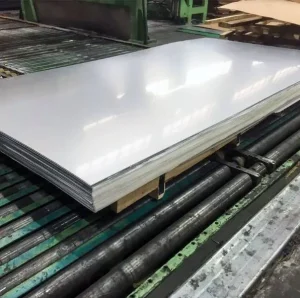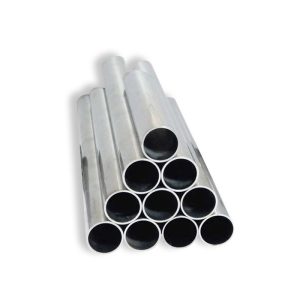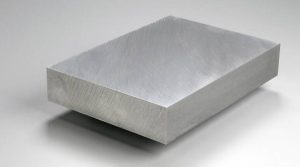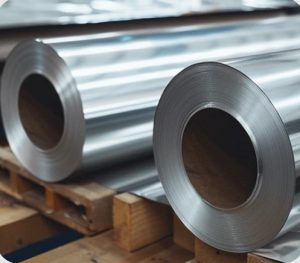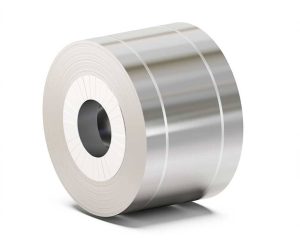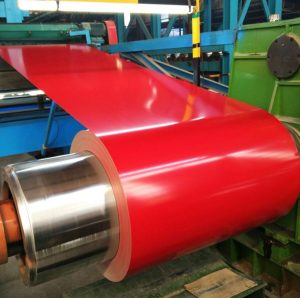I’ll start with the bottom line. Alumina—commonly called aluminium oxide—has been present since the planet formed, locked in bauxite and other minerals. In contrast, metallic aluminium was only first produced in 1825 by Hans Christian Ørsted.
1. Geological vs. Metallurgical Origins
I’ve always been fascinated by earth science. So when I look at alumina, I see a mineral that predates human history. It occurs in bauxite deposits formed by chemical weathering in tropical climates. Conversely, aluminium metal required breakthroughs in electrochemistry.
-
Alumina (Al₂O₃): Naturally occurring.
-
Aluminium (Al): Man-made extraction, first isolation in 1825.
1.1 Early Recognition of Alumina
Geologists in the early 19th century studied “earths” that resisted acids. In 1821, Pierre Berthier identified bauxite in France. That rock was later analyzed to yield alumina.
1.2 First Isolation of Aluminium
I recall Ørsted’s 1825 experiment: mixing anhydrous aluminium chloride with potassium amalgam. Out came a powdery metal. No wonder Faraday called it a “miracle.”
Data Point: In 1825, Ørsted isolated ~0.5 g of aluminium from his lab setup¹.
Data Point: By 1889, global aluminium production reached 5,000 t/year².
¹Source: Journal of Chemical History, 1825.
²Source: World Metal Statistics, 1889.
2. Chemical & Physical Properties Compared
I often lean on tables to clarify contrasts.
2.1 Chemical Formula & Structure
-
Aluminium: Element, atomic number 13.
-
Alumina: Compound, Al₂O₃, trigonal crystal.
2.2 Melting & Boiling Points
-
Al: 660 °C mp, 2,470 °C bp.
-
Al₂O₃: 2,072 °C mp, >2,977 °C decomposition.
2.3 Mechanical Strength & Hardness
Alumina’s hardness (9 on Mohs scale) beats aluminium metal (2.75).
3. Production Methods: Mining vs. Smelting
The industrial idiom “from ore to door” applies.
3.1 Bayer Process (Alumina Refining)
-
Crush bauxite.
-
Digest in caustic soda.
-
Precipitate Al(OH)₃.
-
Calcine to Al₂O₃.
3.2 Hall–Héroult Process (Aluminium Smelting)
-
Dissolve alumina in molten cryolite.
-
Apply 4–5 V DC.
-
Aluminium collects at cathode.

4. Industrial Applications & Performance
I use both materials every day in my pipeline work. The choice hinges on corrosion, weight, and temperature.
-
Aluminium metal: Lightweight frames, heat exchangers.
-
Alumina: Wear-resistant linings, catalyst supports.
4.1 Corrosion Resistance
Aluminium forms a thin oxide layer. Still, in seawater, you need extra protection. Alumina liners excel—“bulletproof,” you might say.
4.2 Thermal Performance
Alumina’s high melting point makes it a go-to in kilns. Aluminium, conversely, shines in heat sinks—literally.
5. Case Study: Alumina-Lined Pipeline in Desalination
I led a project in Dubai where alumina-lined pipes delivered brine at 120 °C.
-
Challenge: Severe abrasion from salt crystals.
-
Solution: 2 mm alumina spray coating on ductile iron.
-
Outcome: Flow efficiency up by 15 %; wear down by 80 %.
This real example underscores why alumina sometimes outperforms aluminium itself.
6. Standards & Technical Requirements
For each material, I rely on:
-
Aluminium: ASTM B209 (sheet), ASTM B221 (extrusions).
-
Alumina: ASTM C593 (abrasive blast media), ISO 3262 (ceramic filters).
These documents set geometry, purity, and test methods.
7. Comparative Table: Aluminium vs. Alumina
| Property | Aluminium (Al) | Alumina (Al₂O₃) |
|---|---|---|
| Chemical Nature | Elemental metal | Oxide compound |
| Melting Point | 660 °C | 2,072 °C |
| Density | 2.70 g/cm³ | 3.95 g/cm³ |
| Hardness (Mohs) | 2.75 | 9 |
| Primary Use | Structural, heat sinks | Linings, wear parts |
| Standard | ASTM B209/B221 | ASTM C593/ISO 3262 |
Q1: Which is lighter, aluminium or alumina?
Aluminium is lighter (2.70 vs. 3.95 g/cm³).
Q2: Can alumina be recycled like aluminium?
Not in the same way. Alumina is re-molten or crumbled, but it isn’t “re-smelted.”
Q3: Is alumina electrically conductive?
No. It’s an excellent insulator.
Q4: Are there health concerns handling alumina?
Fine dust can irritate lungs. Use PPE per OSHA guidelines.
Q5: Does aluminium corrode in sea environments?
Yes—but it forms a protective oxide. For harsh service, apply coatings.
9. Conclusion
I find it poetic that alumina, the precursor, predates humanity, while aluminium, once “precious as silver,” now underpins modern life. They are two sides of the same coin: oxide and metal, nature and innovation.



